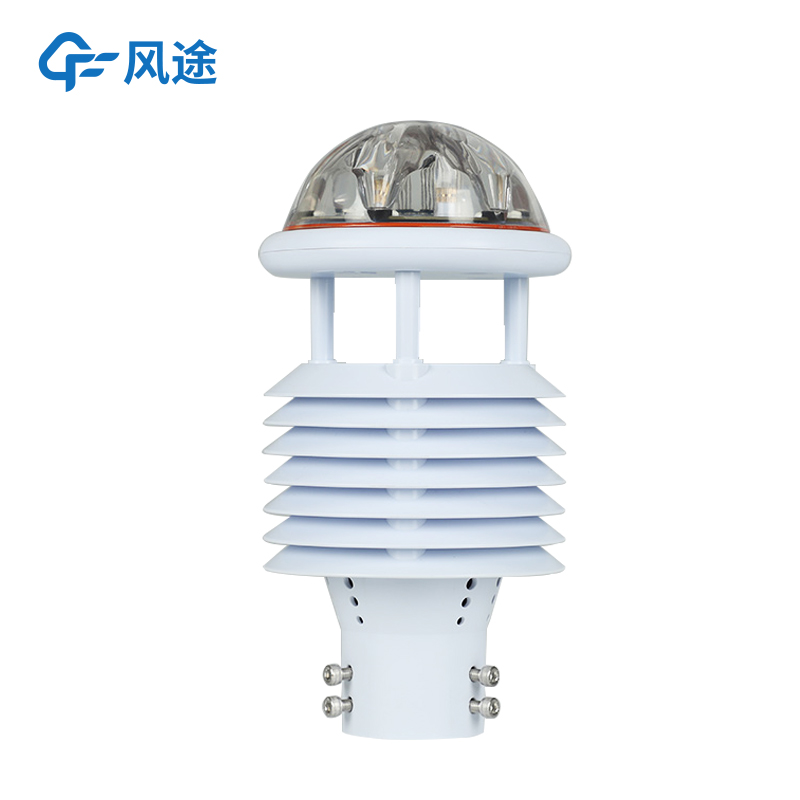Shandong Fengtu IOT Technology Co., Ltd
Sales Manager:Ms. Emily Wang
Cel,Whatsapp,Wechat:+86 15898932201
Email:info@fengtutec.com
Add:No. 155 Optoelectronic Industry Accelerator, Gaoxin District, Weifang, Shandong, China

Sales Manager:Ms. Emily Wang
Cel,Whatsapp,Wechat:+86 15898932201
Email:info@fengtutec.com
Add:No. 155 Optoelectronic Industry Accelerator, Gaoxin District, Weifang, Shandong, China
time:2025-10-11 09:46:46 source:Weather Station viewed:207 time
In meteorological observation parks, atmospheric pressure measurement is a core and fundamental task, utilizing professional instruments called "barometers" or "pressure sensors." Modern meteorological operations have generally adopted high-precision electronic pressure sensors, replacing traditional mercury barometers and enabling automated data collection and transmission.
Sensors are mainly based on the following physical principles:
Silicon Capacitive Pressure Sensors: These are currently the most widely used in operational applications. Their core is a micro silicon diaphragm with a reference cavity close to a vacuum inside. Atmospheric pressure acts on the silicon diaphragm, causing minute deformation that changes the capacitance between the diaphragm and fixed electrodes. By precisely measuring changes in this capacitance value, the external atmospheric pressure can be accurately inferred. These sensors offer advantages such as small size, high precision, good stability, fast response, and immunity to gravitational acceleration effects, making them ideal for deployment in automatic weather stations.
Resonant Pressure Sensors: Their core consists of a resonant element such as a silicon beam or quartz tuning fork. When atmospheric pressure changes, it causes changes in the element's equivalent stiffness or mass, thereby altering its resonant frequency. By measuring the frequency change, the pressure value can be calculated. These sensors also possess high precision and long-term stability.
Piezoresistive Pressure Sensors: Utilizing the piezoresistive effect of monocrystalline silicon. A Wheatstone bridge is diffused onto a silicon diaphragm. When air pressure causes strain in the silicon diaphragm, the resistance values of the bridge change, producing a voltage output proportional to the pressure. These sensors are characterized by lower cost but may have relatively larger temperature drift, requiring precise temperature compensation.
In meteorological observation parks, pressure sensors are carefully installed indoors or in dedicated instrument boxes to avoid direct sunlight, rain erosion, and mechanical damage. Although atmospheric pressure varies with altitude, measurements within the observation park are uniformly corrected to mean sea level height to facilitate comparison and analysis of data from different stations. The pressure data collected in real-time by these sensors is processed by data loggers and continuously transmitted to meteorological operational centers, providing important basic information for weather forecasting, climate analysis, and severe weather monitoring.

The safe flood - season operation of reservoirs has always played a crucial role in China's flood prevention and control work, and it is also extremely challenging. Small and medium - sized reservoirs have become the weak links in the entire flood - prevention system. At present, most of these s...
As a vital water transportation corridor, shipping safety in canals is of utmost importance. Visibility stands as one of the critical factors influencing canal navigation safety. During adverse weather conditions such as heavy fog or torrential rain that reduce visibility, ship operators face restri...
Agricultural meteorological stations is an automated device specifically designed for monitoring the internal environment of agricultural facilities such as greenhouses. It helps growers scientifically manage agricultural production by collecting real-time data....
Road Weather Sensors FT - N10 is feature - rich and capable of monitoring various weather phenomena such as rain, snow, hail, fog, dew, frost, and dust. It has high detection accuracy, adopting optical, acoustic, and other sensor technologies. The error in rainfall monitoring is small, and it can ac...